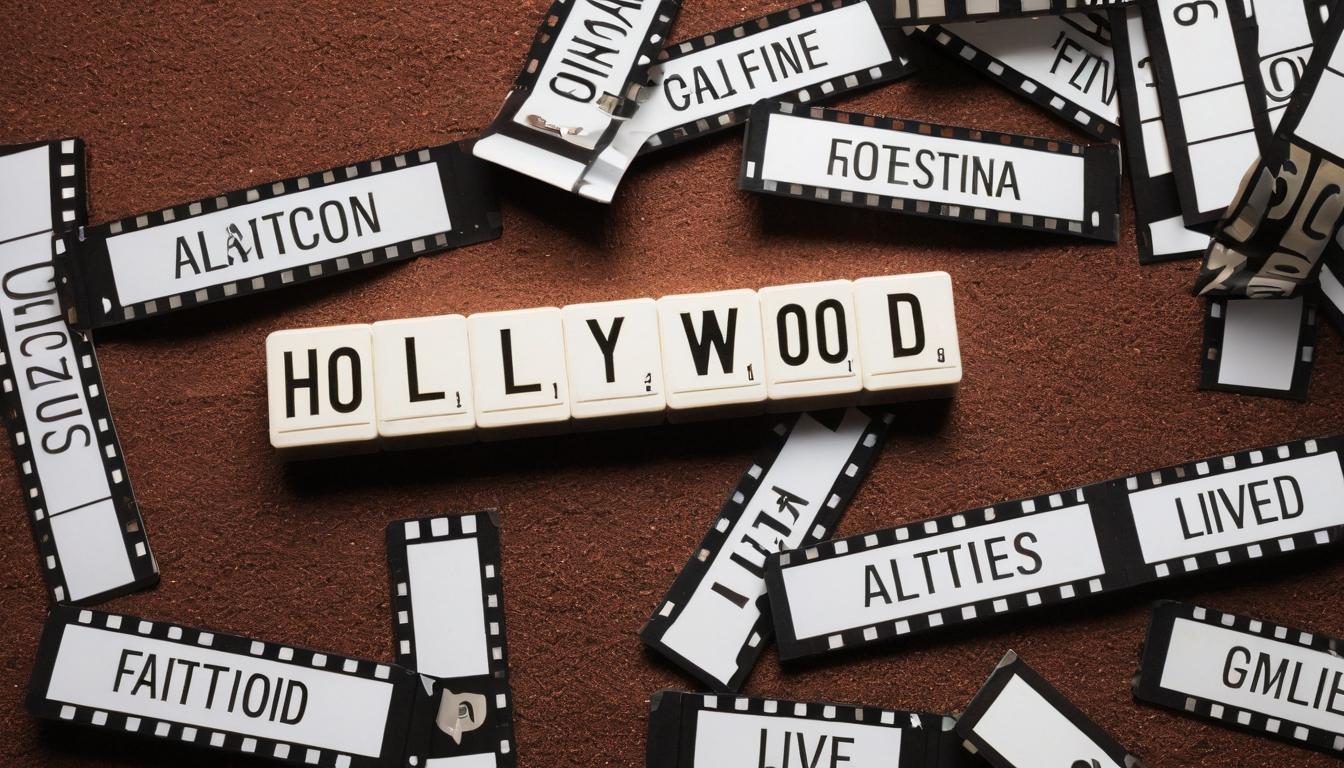There's a strange phenomenon happening in Hollywood that nobody saw coming. Films that limped out of theaters with their tails between their legs, dismissed by critics and ignored by audiences, are suddenly becoming streaming sensations. It's the cinematic equivalent of finding a vintage designer coat at a thrift store – the quality was always there, we just needed the right context to appreciate it.
Take last year's "The Last Voyage," a sci-fi epic that cost $180 million to make and earned barely $40 million at the global box office. Critics called it "derivative" and "emotionally hollow." Yet on streaming platforms, it's developed a cult following that would make any studio executive blush. Viewers are creating elaborate fan theories, editing together their own versions, and demanding a sequel. What happened? The answer lies in how we consume media today and the death of the traditional movie-going experience.
Streaming has fundamentally changed our relationship with failure. In theaters, a film has exactly one weekend to prove itself. The marketing machine either works or it doesn't. But on streaming services, movies can find their audience gradually, organically. They can be discovered months or even years after their initial release. The pressure to perform immediately vanishes, replaced by the slow burn of word-of-mouth recommendations and algorithm-driven discovery.
This shift has created what industry insiders are calling "the second-chance economy." Films that would have been written off as complete losses a decade ago now have multiple revenue streams and extended lifespans. A box office disappointment can still become profitable through streaming rights, international deals, and merchandise sales. The definition of success itself is being rewritten before our eyes.
But there's a darker side to this phenomenon. Some studios are now intentionally making films designed to fail in theaters but succeed on streaming. They're creating content specifically for the algorithm, prioritizing elements that drive engagement metrics over artistic merit. It's the cinematic equivalent of fast fashion – disposable entertainment designed for quick consumption rather than lasting impact.
The data doesn't lie. According to internal metrics from major streaming platforms, films with middling critical scores (between 40-60% on Rotten Tomatoes) often outperform both critical darlings and outright disasters in long-term viewership. These middle-ground movies have just enough quality to keep viewers engaged without being so challenging that they require the focused attention of a theater experience. They're perfect background viewing, something to have on while scrolling through your phone or doing household chores.
This has created a bizarre new creative landscape where filmmakers are caught between two competing demands. Do they make a film for the big screen experience, with all the visual spectacle and narrative complexity that requires? Or do they optimize for the small screen, where viewers might be distracted and the competition for attention is fierce?
Some directors are embracing this new reality. They're creating what they call "modular narratives" – stories that work equally well whether you're giving them your full attention or just catching snippets between household tasks. Scenes are designed to be self-contained, character arcs are simplified, and visual storytelling takes precedence over complex dialogue. It's cinema adapted for the age of multitasking.
Meanwhile, the traditional metrics we've used to judge film success are becoming increasingly irrelevant. Box office numbers tell only part of the story. Critical reviews matter less when algorithms prioritize engagement over quality. Even awards season, once the ultimate arbiter of cinematic achievement, is losing its cultural cachet as streaming platforms create their own parallel systems of recognition.
What emerges from this chaos is a more democratic, if somewhat chaotic, entertainment landscape. Films that would have been forgotten are finding audiences. Niche genres are thriving. Foreign language films are reaching global audiences without needing expensive theatrical releases. The gatekeepers are losing their power, and in their place rises the algorithm – an imperfect but remarkably efficient matchmaker between content and viewers.
This doesn't mean the death of cinema as an art form. If anything, it might mean its liberation. Filmmakers no longer need to appeal to the lowest common denominator to secure funding. They can make the films they want to make, confident that somewhere out there, an algorithm will connect their work with the right audience. The relationship between artist and viewer has never been more direct, or more complicated.
As we look to the future, one thing becomes clear: the definition of a "hit" is evolving. Success is no longer measured in opening weekend numbers or critical acclaim alone. It's measured in sustained engagement, cultural impact, and the ability to find your people in the vast digital landscape. The films that fail today might be the cult classics of tomorrow – and in the streaming era, tomorrow is always just a click away.
The streaming paradox: why box office bombs are finding new life in our living rooms

